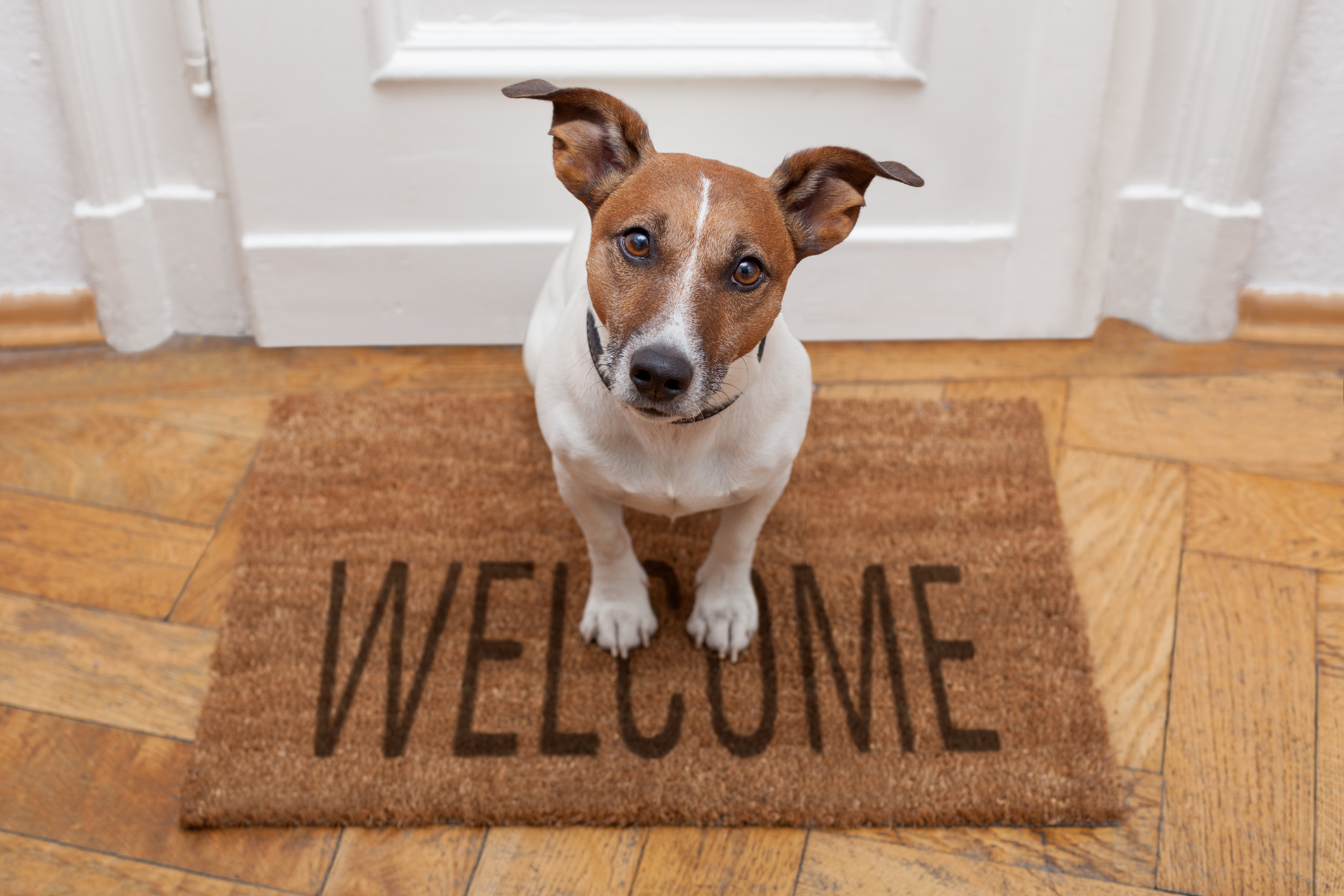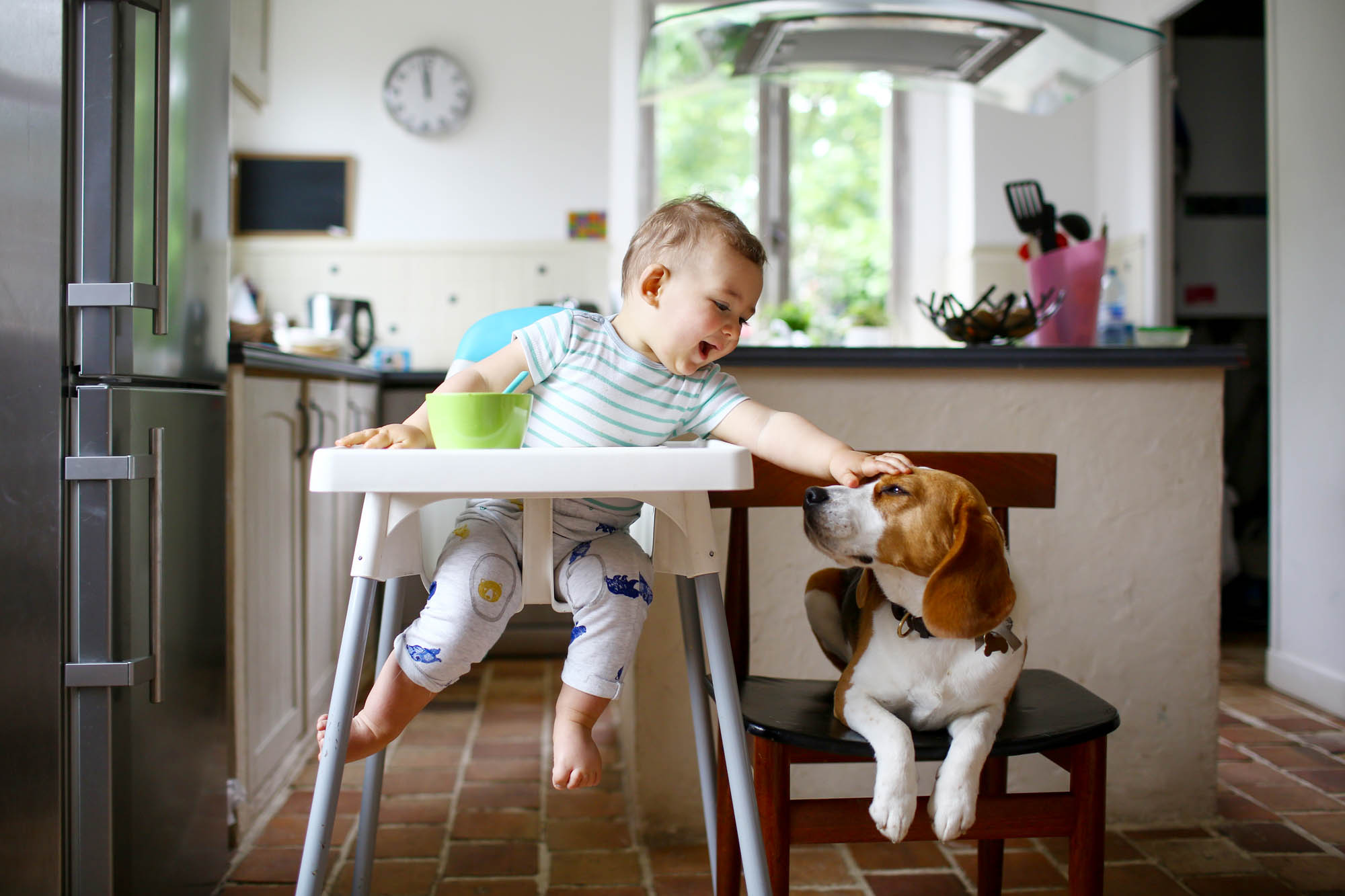Find Pet-Friendly Apartments in Lexington MA
Find Pet-Friendly Apartments in Lexington MA
Imagine walking through the serene, tree-lined streets of Lexington, your faithful four-legged friend by your side, as you pass beautifully preserved colonial houses rich with historical significance. Now picture this – your daily walks could start and end at your very own pet-friendly apartment in this stunning area. Establishing roots in a neighborhood that values both historical charm and modern convenience, yet understands and prioritizes your pet’s needs, might sound like an elusive paradise. However, Lexington MA is just that haven you’ve envisioned! This guide will walk you through the process of finding and securing the perfect pet-friendly apartment, making it possible to transform your dreams into reality. Let’s embark on this journey together, laying down the foundation for new memories with your furry companion in the heart of this picturesque town.
Yes, there are many pet-friendly apartments available in Lexington, MA. Our website Pet Friendly Lexington Apartments lists several apartment complexes that allow pets, including dogs and cats. It is important to note that each complex has its own specific pet policy and fees that may apply, so we encourage you to read each listing carefully before making a decision. Additionally, some landlords may have breed or weight restrictions on pets, so it is recommended to contact the landlord directly for further information.

Finding Pet-Friendly Apartments in Lexington MA
Finding a pet-friendly apartment can be daunting, especially in a city like Lexington, MA. It requires research and well thought out plans before starting the search. First and foremost, it is important to determine what type of pet you have and if the breed or size is acceptable within the apartment complex. Certain breeds are not permitted in some complexes due to their aggressive nature. Moreover, if you own multiple pets, it is crucial to ensure they are all allowed on the premises.
Before beginning your search, you should set yourself up with realistic expectations when it comes to finding a suitable apartment for both you and your furry friend. Start by making a list of features that are mandatory in an apartment like proximity to parks and pet stores, good lighting, spacious floor plans, and noise levels. Moreover, keep all your documentation ready including your pet’s medical records and certifications from veterinarians confirming them as up-to-date on vaccinations and treatments.
Once you have found apartments that suit your needs, schedule visits to see if they meet your criteria in person. Take note of any damages that could put your pet’s safety at risk such as sharp edges or exposed wires. Inspect the ventilation system to make sure there’s enough fresh air circulating throughout the unit to avoid respiratory issues.
It is crucial that you start looking for pet-friendly apartments well ahead of time since these types of units tend to move very fast on the market. As an example of how competitive the market can be, one of our clients in Lexington was refused tenancy due to their pets after two weeks of searching as most places had already been snapped up by tenants who do not have any pets to worry about.
It is also worth asking for previous tenants’ references from those who own pets so you can get an insight into how they lived while renting the unit. While there is no way of proving if the reference letters are forged or inaccurate, it is still worth the attempt to ask before signing a lease.
Now that you know what to look for while hunting for pet-friendly apartments, let us shift our focus towards understanding key features of these types of apartments.
Key Features of Pet-Friendly Apartments
Choosing the right apartment that suits both your needs and those of your pets can be challenging. But, with some guidance on the essential key features, this process can become easier.
Key features of pet-friendly apartments include hardwood flooring instead of carpets to avoid retaining unpleasant odors and moisture damage in case of accidents. Some complexes may also provide an outdoor space like a play area or dog run so your furry friend can get their daily dose of exercise. A clean and well-maintained outside area can boost your pet’s interaction with other owners and their pets.
Another important feature in any pet-friendly apartment is adequate storage space for their food and supplies as those should not be mixed up with household items. Make sure that there are enough enclosed spaces for storing cleaning supplies such as brooms, vacuums, detergents, etc that could pose a danger to younger pets.
Furthermore, installing soundproof doors and windows can prevent any disturbances from noisy neighbors or loud street noises which can cause stress or anxiety in some pets.
It’s often said that investing in a good mattress makes you sleep better; likewise, investing in finding the best pet-friendly apartment will make life easier and more enjoyable for both you and your furry friend.
Finding a pet-friendly apartment is not an easy task but it’s not impossible. Considering all these factors while searching for an apartment will help make sure your beloved pet has a comfortable home where they feel safe and secure. In the next sections, we will take a closer look at the pet policies that come with leases, applicable conditions for pets, and additional fees associated with keeping a pet in an apartment complex.
![How to Find a Pet-Friendly Apartment With a Pet Resume [Free PDF] | Avail](https://www.avail.co/wp-content/uploads/2020/06/pitching-your-pet-1024x683.jpg)
Pet Policy in Leases
When looking for a pet-friendly apartment, the pet policy in the lease agreement is one of the most important things to consider. Most landlords or property managers have specific rules for residents with pets, and it’s crucial to understand these policies before moving in.
Usually, pet policies are included as an addendum to the lease agreement. This addendum outlines the expectations and requirements that both the landlord and tenant should follow with regards to pets. It’s essential to read this carefully, as it will specify if there are any restrictions on breeds or types of animals allowed, size or weight limits, and how many pets can reside in the apartment.
For instance, some apartments may restrict certain dog breeds due to breed-specific legislation in their area. Other apartments may allow dogs but put weight restrictions in place. For example, they may only allow dogs that weigh less than 50 pounds.
Beyond these restrictions, pet policies also outline expectations on how tenants should care for their furry friends while living in the apartment complex. This may include cleaning up after your pets in common areas such as hallways and elevators, keeping them on leashes outside of your apartment unit unless inside designated areas, and resolving disputes such as barking or aggressive behavior.
It’s worth noting that these policies aren’t intended to make pet owners’ lives difficult; they’re meant to ensure a pleasant living environment for all residents. A bit of inconvenience goes a long way towards promoting harmonious living situations without compromise. Furthermore, proper care-taking enhances benefits from having a companion animal increases positive interactions with people leading to improved mood reducing bad feeing’s and anxiety levels among pet owners.
However, keep in mind that not all properties have strict pet policies contingent on property management discretion Some landlords may not have explicit rules for pets in their lease agreements leaving potential issues arising contingently upon each other. Thus, it is always good to ask the landlord or agent you are dealing with for clarification to ensure understanding before moving in.
Understanding the pet policy is important; from here, we will discuss further some of the applicable conditions that may come up under such policies.
Applicable Conditions for Pets
In pet-friendly apartments, there are often specific rules regarding the acceptable living conditions for pets. These can include restrictions on noise levels, flea and tick treatment protocols, waste disposal rules and exercise guidelines.
For example, some apartments require tenants to bathe or groom their pets regularly. This prevents fleas and ticks from becoming problematic within the complex. Other complexes mandate regular flea treatments for pets.
Another common condition is noise limits—especially when it comes to barking dogs. This usually means that tenants must take preventive measures against excessive noise such as using soundproof flooring material or acoustic ceiling tiles. Exercises whereby dog owners are required take their pets out during designated times or within specific areas can also fall under these conditions.
In addition to noise restrictions, many apartment complexes have a maximum number of pets one tenant may keep in a unit. Several properties may have specific reserved floors or designated residences solely for tenants with pets- keeping them together for interchangeability availability and better socialization of the animals in question.
On the flip side, some pet owners believe such restrictions are too much to handle and Make it hard to provide optimal care for their dog or cat companion. Some property management allows tenants unrestricted freedom with their pets preventing any form of conflict or confusion as long as they follow hygiene principles. It is understandable but beneficial for both landlords and tenants that reasonable expectations set in place improve Co-existence among residents while ensuring healthy safety that makes living comfortable in attractive spaces.
There may be situations where your pet does not comply with apartment complex guidelines. This can lead to frustration for all parties involved, especially when the property owner cites the lease agreement’s policy and removes your pet from a residence.
To avoid these issues, think of pet conditions as a kind of “roommate agreement”. This is similar in concept to how college roommates might negotiate living agreements highlighting behavior expectations.
It is essential that prospective tenants understand the applicable conditions before deciding on their apartment complex. Failure to adhere to these terms can lead to significant problems down the line and possibly losing your residence.

Additional Fees for Pets
Finding a pet-friendly apartment might be a challenge, but even when you finally find the perfect home, there may be additional fees associated with having a furry friend. These expenses can include a pet deposit, monthly fee, or even pet rent. It’s important to understand what these fees entail so that you can budget accordingly and ensure that you can afford the expense.
Some apartment complexes may require a one-time pet deposit when you move in. This fee is usually refundable, as long as the apartment remains in good condition after your lease ends. For instance, if your dog chews up the carpet or damages the walls, your deposit will likely not be returned. Remember that deposits go beyond just basic damage control – they’re meant to assure landlords that pets aren’t going to cause chaos or become a nuisance in the complex.
Other apartments might require a monthly fee or even a separate form of rent for pets. The reasoning behind this charge is that having a pet means more wear and tear on not just your unit but also common areas such as hallways and elevators. It’s understandable that some apartments choose to impose extra fees since they believe it offsets any additional maintenance costs they might incur because of pets.
While these additional costs may seem unfair at first glance, it’s worth considering that many landlords want tenants who will stay longer and take care of their units appropriately. Unfortunately, some renters don’t clean up after their pets, which can lead to sanitation issues or even property damage. By paying these fees, renters show that they’re committed to being responsible pet owners who are willing to pay for the extra cleaning needed due to their pets.
Think about it like an insurance policy: having insurance on your car doesn’t guarantee you won’t get into an accident; instead, it offers peace of mind in case an accident does happen. Similarly, paying pet fees doesn’t guarantee that your pet won’t cause any damage, but it provides landlords with peace of mind because they know that you’re serious about being a responsible pet owner.
Now that we’ve covered the additional costs associated with having a pet-friendly apartment let’s move on to dealing with restrictions you may face as a pet-owning tenant.

Dealing with Restrictions in Pet-Friendly Apartments
When looking for a pet-friendly apartment, be sure to research any restrictions or limitations that might come with the unit. Some apartments may only allow cats or dogs under a certain weight limit, while others may prohibit certain breeds altogether. Knowing these restrictions can help you find a home that is more accommodating to your pet’s needs and ensure you don’t waste your time applying for an apartment that won’t allow your furry friend.
Some apartments may have rules around how many pets can be in one unit. Depending on the complex, this might include cats or other pets along with dogs. Make sure you understand these requirements during your search since they could impact your plans to take in another animal later down the road.
It’s also essential to take note of any leash laws or requirements within the complex. For example, some properties may require either a leash or harness for dogs when they are outside their owner’s home. Other complexes may even impose specific times where residents must take their pets out for walks, such as early mornings or late evenings. These details can vary by building and area, so make sure you’re aware of them before committing to any lease agreement.
While some renters may consider these restrictions too limiting, it’s important to remember that many landlords are trying to strike a balance between protecting property and allowing tenants who have pets access to their rental housing options. Moreover, considering how much more complicated a pet-friendly apartment can be, some renters may appreciate the additional safety features such as having to walk their pets at designated times.
As with traveling to restricted destinations that require certain vaccinations and permissions beforehand in order to prevent diseases and preserve ecosystems, some apartments also require pet owners to abide by specific rules and regulations so that everyone living there is safe and comfortable.

Lexington MA apartments for rent
This content is currently unavailable. Please check back later or contact the site's support team for more information.